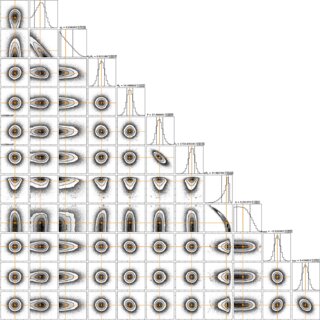May 2024
·
3 Reads
The Astrophysical Journal Supplement Series
The Transiting Exoplanet Survey Satellite (TESS) has discovered hundreds of new worlds, with TESS planet candidates now outnumbering the total number of confirmed planets from Kepler. Owing to differences in survey design, TESS continues to provide planets that are better suited for subsequent follow-up studies, including mass measurement through radial velocity (RV) observations, compared to Kepler targets. In this work, we present the TESS-Keck Survey’s (TKS) Mass Catalog: a uniform analysis of all TKS RV survey data that has resulted in mass constraints for 126 planets and candidate signals. This includes 58 mass measurements that have reached ≥5 σ precision. We confirm or validate 32 new planets from the TESS mission either by significant mass measurement (15) or statistical validation (17), and we find no evidence of likely false positives among our entire sample. This work also serves as a data release for all previously unpublished TKS survey data, including 9,204 RV measurements and associated activity indicators over our three-year survey. We took the opportunity to assess the performance of our survey and found that we achieved many of our goals, including measuring the mass of 38 small (<4 R ⊕ ) planets, nearly achieving the TESS mission’s basic science requirement. In addition, we evaluated the performance of the Automated Planet Finder as survey support and observed meaningful constraints on system parameters, due to its more uniform phase coverage. Finally, we compared our measured masses to those predicted by commonly used mass–radius relations and investigated evidence of systematic bias.





















